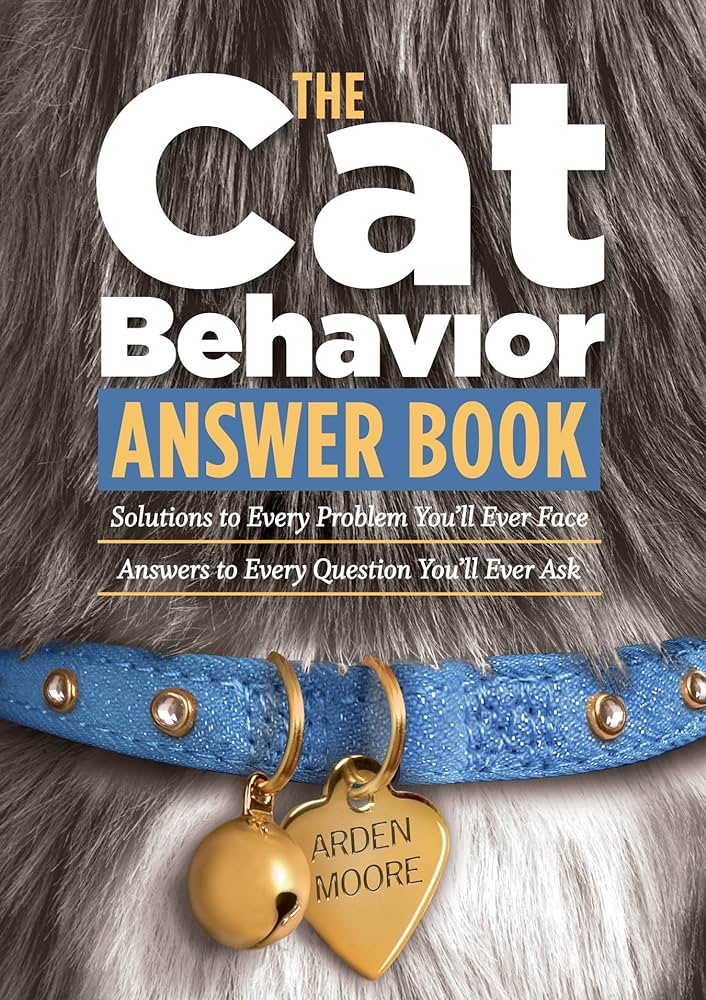Your cat may not be eating due to stress from the move. Offer familiar food and a quiet, safe space to help her adjust.
Moving to a new home can be overwhelming for cats, causing stress and anxiety, which may lead to a loss of appetite. Relocation can disrupt their routine, environment, and sense of security, leading to decreased food intake. This is a common reaction and can be temporary.
However, if your cat continues to refuse food for more than 24 hours, consult your veterinarian for guidance. It’s essential to provide a calm and familiar environment, encourage gradual adjustments, and offer love and reassurance to help your cat feel safe and comfortable in her new surroundings.
Contents
Recognizing The Issue
Understanding the Signs of Stress in Cats: Cats display stress through various behavioral changes. Loss of appetite is one indicator of stress, particularly after a move.
Identifying the Impact of Moving on Cat’s Appetite: Cats are territorial animals, and moving to a new environment can disrupt their sense of security, causing appetite issues.
Seeking Professional Assistance: If a cat continues to refuse food, it’s essential to seek professional guidance from a veterinarian to address any underlying health concerns and provide appropriate support.
:strip_icc()/cat-is-not-eating-4579814-01-783f3000633e48e695a3d4f8a9bb33fa.jpg)
Credit: www.thesprucepets.com
Encouraging Appetite
When a cat stops eating after a move, creating a calm environment is essential. Introducing familiar smells and objects, such as bedding and toys, can help soothe your cat’s anxiety. Additionally, offering high-quality food options can entice her to eat. Try providing different textures and flavors to stimulate her appetite. Consider incorporating wet food or warming her meals slightly to enhance the aroma. Keep in mind that patience and gentle encouragement are key to helping your cat adjust to her new surroundings. By focusing on her comfort and providing appealing food choices, you can support her in reestablishing her eating routine.
Transitioning To New Space
It’s common for cats to experience stress during a move, leading to a loss of appetite. To ease the transition, introduce the new space gradually to your cat, starting with a small area and gradually expanding her access. Create safe spaces for her to relax by setting up cozy hiding spots or beds in quiet areas. Consider using pheromone diffusers specifically designed to reduce stress and anxiety in cats. This can help provide a sense of comfort and familiarity in the new environment, encouraging your cat to start eating again.
Monitoring And Adjusting
When your cat refuses to eat after a move, observe her eating patterns closely. Keep track of the amount of food she consumes and any changes in her appetite. Look for signs of stress and anxiety, such as pacing, excessive grooming, or hiding.
If your cat continues to resist eating, it is important to consult a veterinarian. A professional can rule out any underlying health issues causing the decrease in appetite and provide guidance on how to encourage your cat to eat.
Implementing behavioral support can help your cat adjust to the new environment. Create a comfortable, quiet space where she feels safe, and maintain a consistent feeding routine. Offer familiar foods and encourage play and interaction to reduce stress and stimulate her appetite.
Frequently Asked Questions Of Why Is My Cat Not Eating After Our Move? How Can I Help Her?
Why Is My Cat Not Eating After A Move?
Moving can be stressful for cats, causing a loss of appetite. The change in environment, routine, and anxiety can impact their appetite.
How Can I Help My Cat If She’s Not Eating?
Encourage your cat to eat by offering her favorite food and creating a calm environment. Keep her water bowl clean and fresh, and consider consulting a veterinarian for advice.
Should I Be Concerned If My Cat Is Not Eating After A Move?
Yes, it’s important to monitor your cat’s eating habits after a move. If she continues to refuse food for more than 24 hours, seek professional veterinary advice as it could be a sign of a more serious issue.
Conclusion
Helping your cat adjust to a new environment takes time and patience. By following the tips mentioned, you can assist your cat in overcoming the stress of the move and get her back to eating normally. Remember, your love and patience are crucial for your cat’s well-being during this transition.

Katie Lindsey is a passionate cat lover and founder of Cats Solution, a comprehensive resource for all things feline. With a lifelong love for cats and extensive knowledge in their care and behavior, she provides expert advice and solutions to cat owners. Through her website, Katie fosters a supportive community where cat enthusiasts can find guidance and heartwarming stories. A dedicated advocate for animal welfare, Katie also promotes responsible pet ownership and adoption. Join her on this purr-fect journey celebrating the joy of feline companionship.



